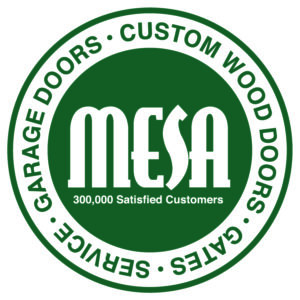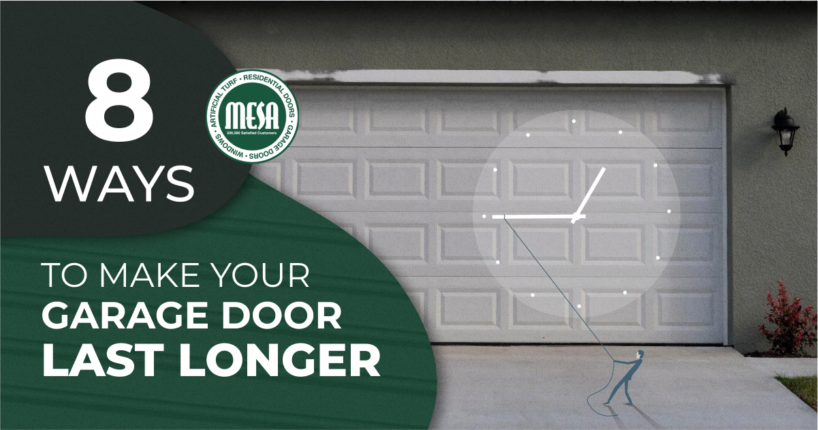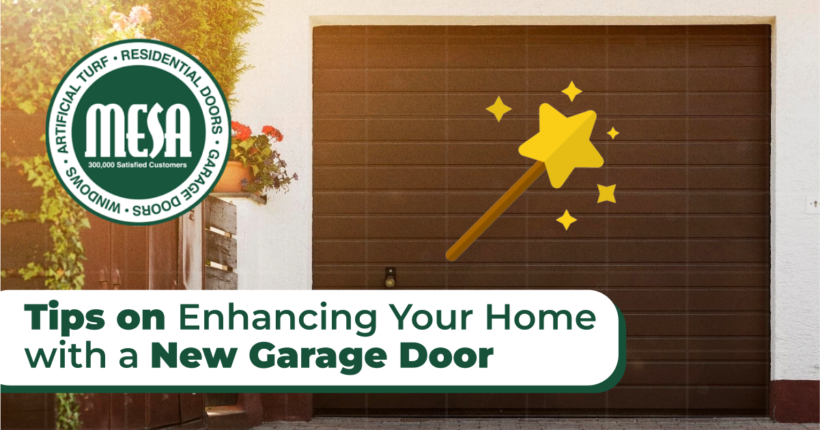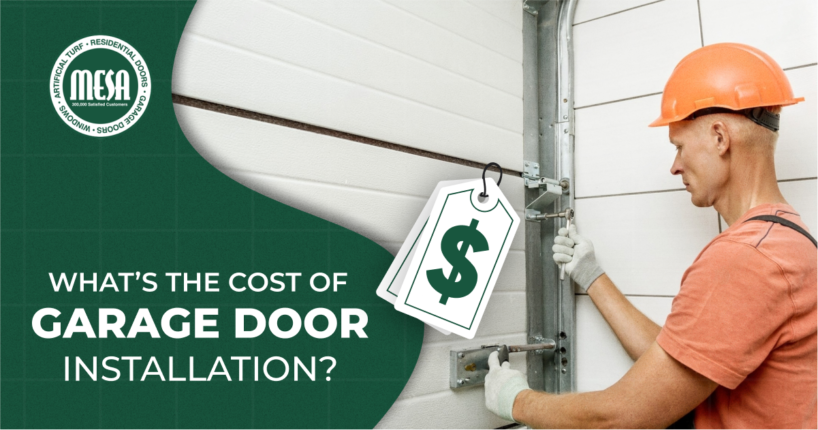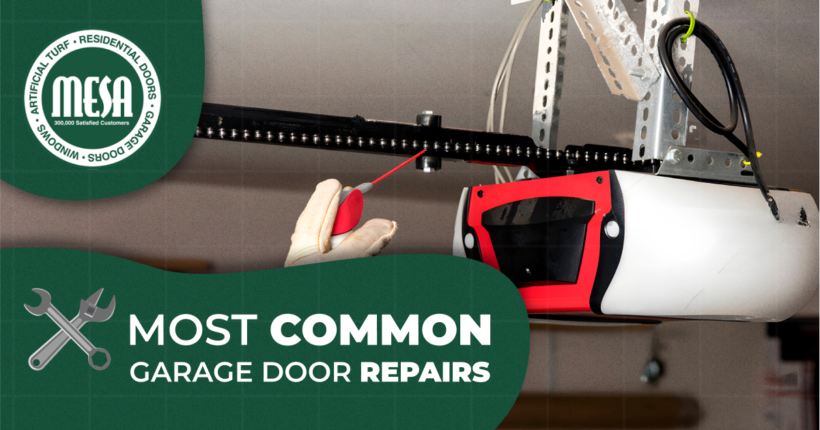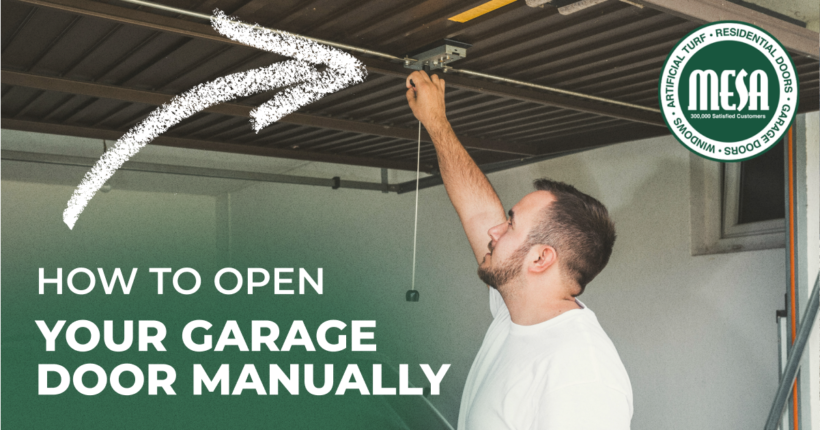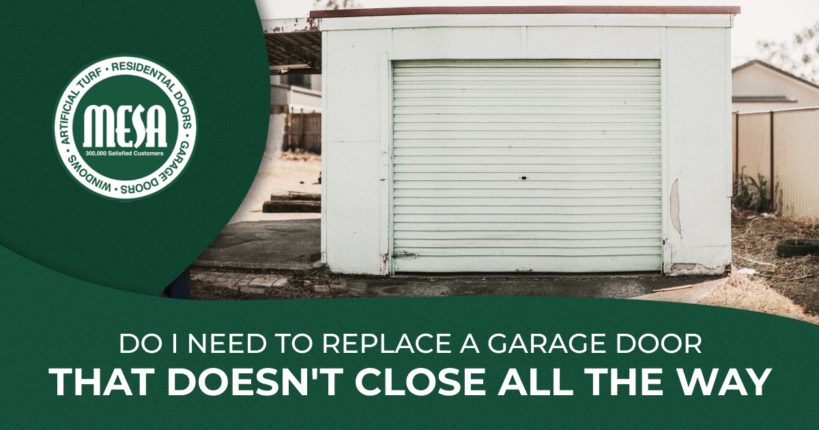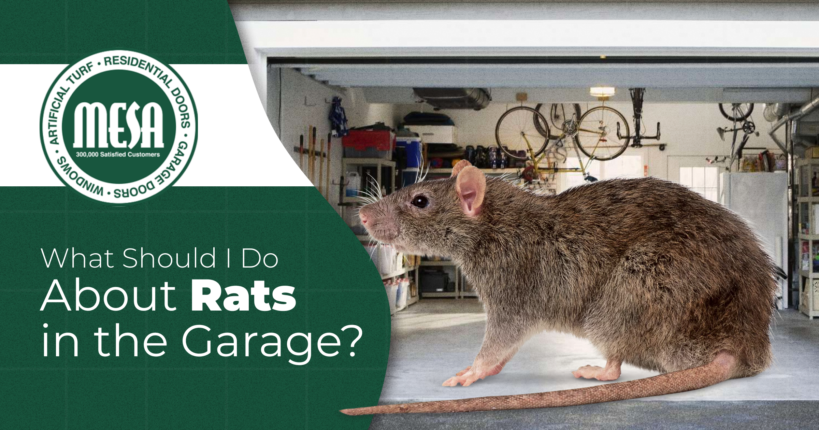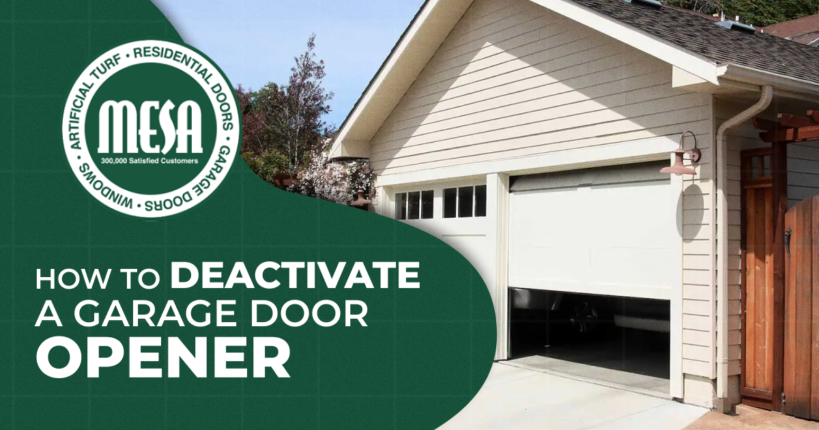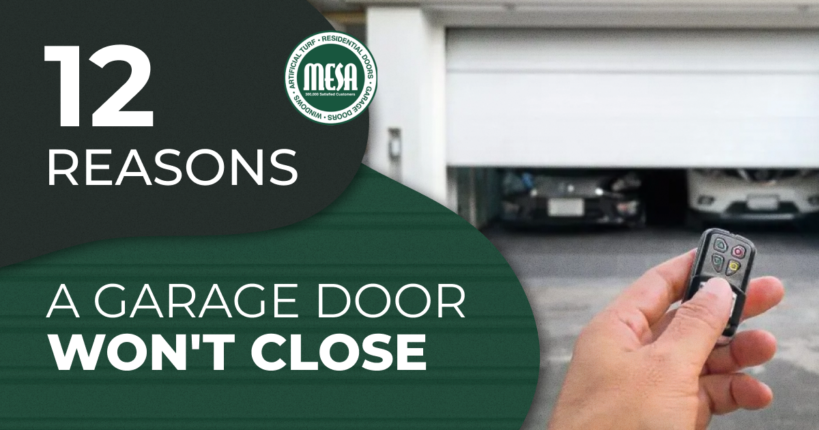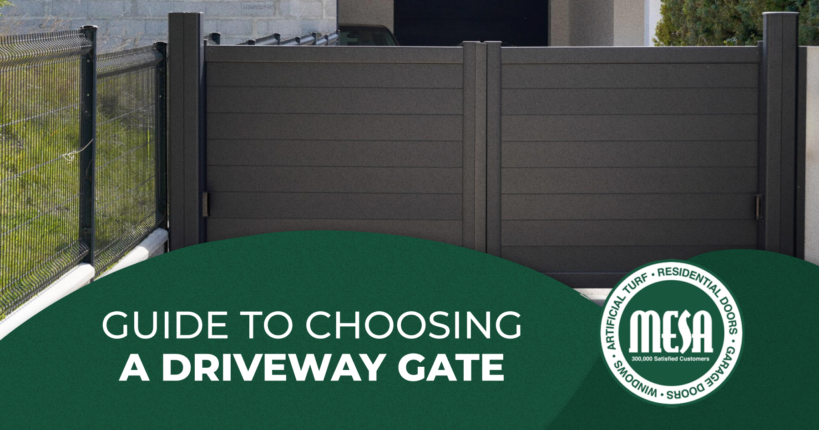8 Ways to Make Your Garage Door Last Longer
You can make your garage door last longer despite frequent use and wear and tear. Maintenance and usage habits are critical variables. A garage door can last up to 30 years when well cared for. Otherwise, its life can be significantly shorter. Here are eight ways to extend the lifespan of your new garage door.
1. Inspect the Garage Door System Regularly
Closely inspect your garage door system at least twice a year. As you do, check for worn springs, cables, pulleys, screws, rollers, and other hardware. Tighten nuts, bolts, and screws as necessary. But if any parts look worn, warped, or cracked or a spring or cable is frayed or broken, call a professional to address it (handling high-tension components yourself is dangerous and can result in injury or death).
2. Use the Door Only As Needed
The more you operate your garage door, the faster parts will wear out. Garage doors last for a finite number of cycles. Only use the door if you’re working in your garage or if you’re exiting or returning with your car. And don’t let children open and close it for fun. If you have an older garage door, try to use it sparingly to get more time out of it.
3. Test the Garage Door’s Balance
To test the balance, pull the garage door opener’s release handle. Then, open the door manually. Lift it halfway to see whether it stays in place. If so, it is properly balanced. But if it falls, the system is imbalanced and you’ll need a technician to adjust or repair it. Maintaining the system’s balance reduces strain on the garage door opener and can prevent damage.
4. Test the Auto Reverse Function
Your garage door has an important safety feature that allows it to stop and automatically reverse if something’s in the way. To test this function, place an object in the door’s path and use the controller to close it. If the door doesn’t reverse, check the sensors and clean them if necessary. They may also need to be aligned. Check the owner’s manual for how to do this or call a technician for help.
If the auto-reverse isn’t working, there’s a risk of property damage, injuries, or damage to the garage door that would warrant replacing it.
5. Examine the Weatherstripping
A weatherstrip is a barrier that keeps water, ice, and dirt out of your garage. Poor weatherstripping can leave your garage door vulnerable to water damage, rusting, and other weather-related damage. Replacing this rubber strip is a simple task. But ensure it fits perfectly so it can help make your garage door last longer.
6. Clean the Tracks
Even a small amount of dust or debris in the tracks can strain the garage door. Spider webs and small animal nests can also cause problems. Gently brush or sweep them out. But don’t use water or cleaning chemicals, which can cause damage.
7. Wash Garage Door Panels
Neglecting to clean garage door panels can lead to corrosion and decay. Wash them with an all-purpose cleaner to remove as much dirt as possible, and then rinse them with water. You can also mix mild detergent and water and wipe the panels using a soft cloth or sponge. Your garage door won’t only look fresher. It will be protected and can last longer. Also, consider repainting it if the coating is chipped or faded.
8. Schedule Repairs As Needed
Many homeowners delay garage door repairs due to the cost. But the longer you wait, the more likely a repair issue can shorten the lifespan of your garage door. It also risks being injured by a broken part or a door that falls to the ground. Prompt repairs can avoid incidents and make your garage door last longer.
Contact Mesa Garage Doors Today
We install all types of residential garage doors in Southern California. Our trained technicians also provide garage door repair and maintenance services that can extend the system’s operating life. A variety of warranty options are available through our partners. For additional information on how to use and maintain your system, continue browsing our resources, and for service or more advice on how to make your garage door last longer, call (714) 947-4528 today.
